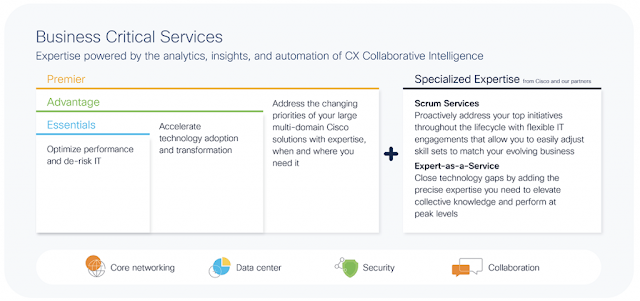Webex App Hub is a Connections Platform that Helps Everyone do Their Best Work Everyday, Everywhere
As announced today, we are thrilled to bring to market the all new Webex App Hub! This reimagined app ecosystem is designed to help people find industry-leading apps with deep integrations with Webex in order to help move work forward. It’s easy to visit the all new Webex App Hub to find apps that automate and enhance your work experience.
Our joint work with developers, partners, and independent software vendors help extend the value of Webex by offering you a suite of collaboration solutions across multiple industries and functions. The Webex App Hub makes it simple for users and IT to take advantage of native integrations, bots, and widgets to make work flow easier and smarter.
Integrations Making it Easy to Add and Collaborate with Third-Party Applications
Webex already integrates seamlessly with many industry-leading apps, including brand new integrations announced today with Workplace from Facebook, Box, Salesforce, ServiceNow, DropBox, and Miro.
Webex isn’t just about video conferencing and meetings. Webex is a connections platform that helps people to get work done, whenever and wherever they need to. With open APIs, SDKs, and workflow connectors including IFTTT, Zapier, and Microsoft Power Automate, Webex allows you to create truly powerful custom integrations to redefine workflows and save time. You’ll also find a wide variety of third-party apps on the Webex App Hub that work out-of-the-box and support everything from productivity and working from home to telehealth and personal reminders. Some recent additions include:
◉ PagerDuty: Automatically create a War Room space with the team responsible for a service. Add service owners and acknowledge, resolve, and escalate incidents quickly using the bot.




















